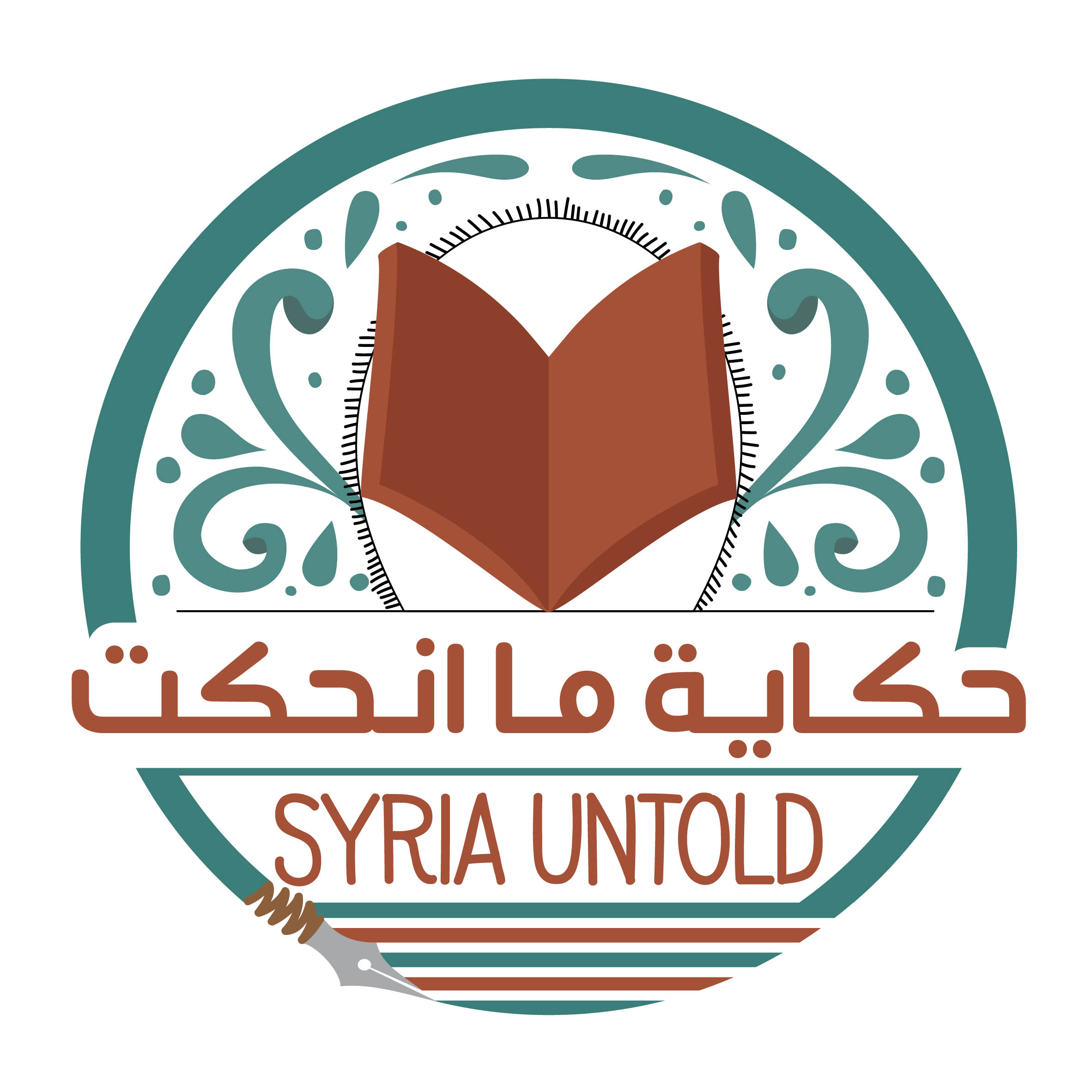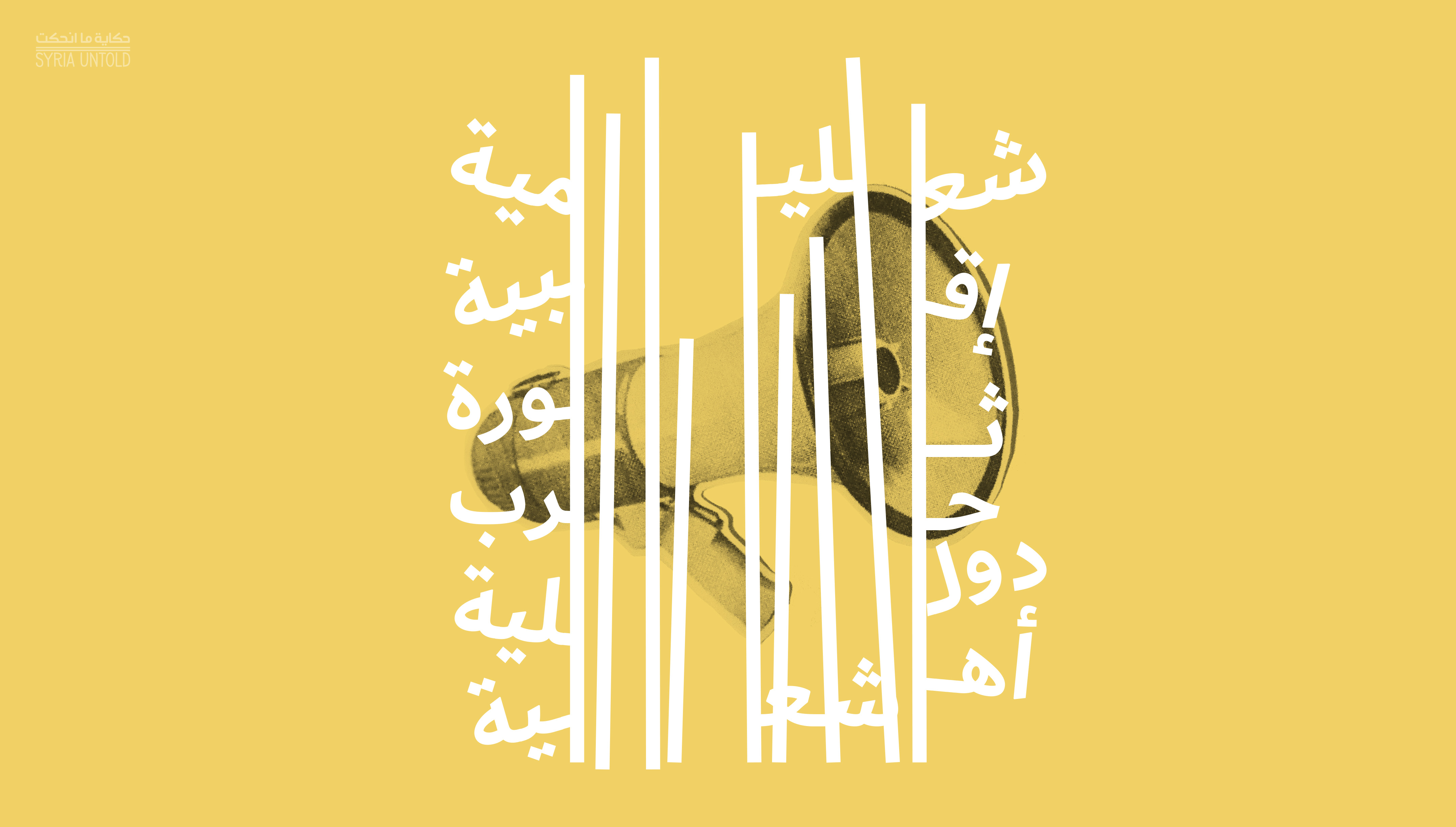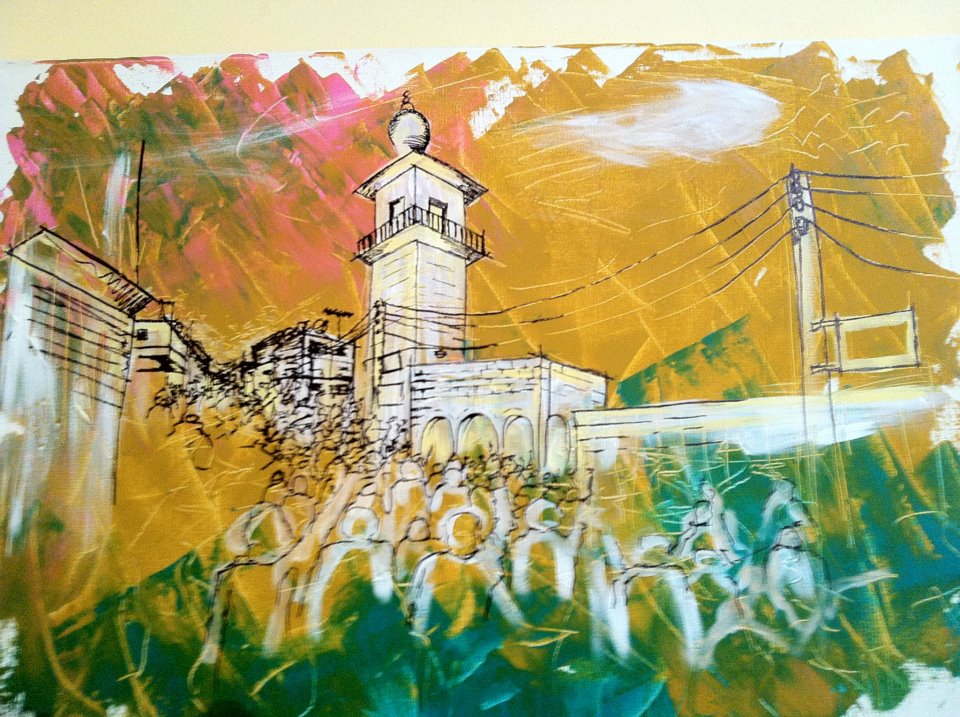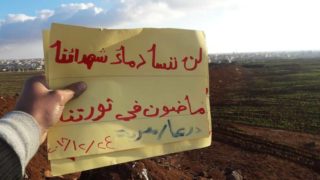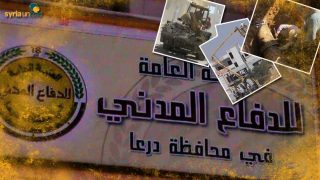It wasn’t long ago that rebel fighters, activists and local civilians were commemorating the ninth anniversary of the Syrian uprising in Daraa al-Balad, the neighbourhood of the city where protests against Bashar al-Assad first broke out in March 2011. It was here, outside the al-Omari Mosque, that the stand calling for the release of several boys detained by security forces on March 18 quickly descended into major anti-government protests that would later spread to the rest of the country.
Marking the March 15 and March 18 anniversaries of the uprising this year, protesters called for the overthrow for the Syrian regime and chanted those old revolutionary chants, as they have been doing for nine long years of both revolution and war.
Against all odds, Daraa al-Balad has survived in a kind of cocoon, a nominally opposition area outside the direct control of Damascus, long after the 2018 pro-government offensive that saw the fall of Syria’s rebel-held southwest through a combination of military force and localised negotiated settlements with rebel groups.
The Syrian government, backed by Russian airpower and Iranian-backed militias on the ground, retook Daraa in July 2018. Territory was won back bit by bit, either though military force or Russian-backed surrender negotiations that gave some autonomy to rebel groups provided they agreed to stay on and settle their status (teswiyat awda’un) with the Syrian government. Men of military age would eventually be expected to reintegrate into the Syrian army, after a grace period. Some fighters and civilians agreed to evacuate northwards, in the way that hundreds of thousands had from opposition-held territories since 2016, however in Daraa the numbers were far less. The vast majority of Daraa’s pre-surrender population stayed on, and waited to see what happened next.
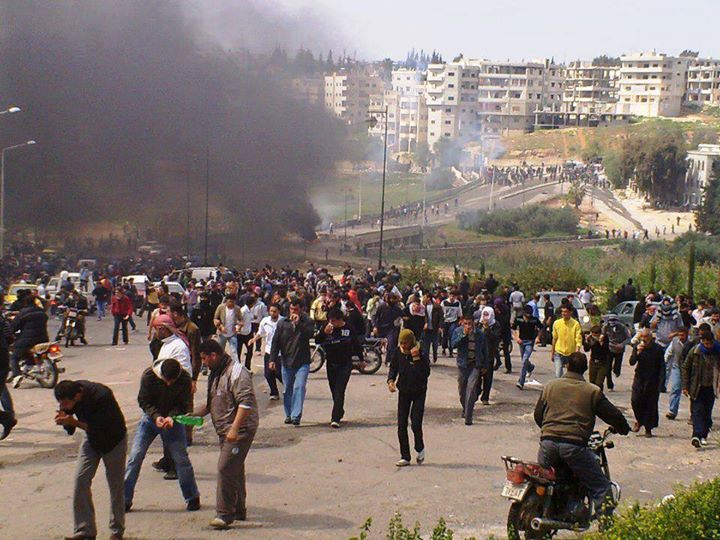
However, the way the south was won meant that Daraa became a complex political patchwork of different agreements and different spheres of control. That situation was only complicated further by security chaos and political unrest that has marred the return of Damascus’ authority to the region. Targeted assassinations, roadside bombings and checkpoint attacks have become increasingly routine part of life in the southwest, with tit-for-tat violence carried out by all sides.
Since the beginning of the year, though, it appears that the Syrian government and its allies are running out of patience.
On March 1, the Syrian army’s Ninth Division and a host of pro-government militia groups launched an unprecedented campaign against latent rebel groups inside the northern Daraa town of a-Sanamayn. Tanks rolled into the town, a kind of street-to-street urban warfare not seen in southwestern Syria for years.
Latent rebel forces led by Walid a-Zahra, a former Ahrar a-Sham commander from the Daraa countryside, eventually surrendered, with small numbers of fighters reconciling their status (teswiyat awda’un) and others accepting forcible evacuations to northwestern Syria.
From the regime’s perspective, escalating in a-Sanamayn turned out to be a success. And there are now signs that the Syrian army and its allies will now attempt repeat scenarios in other towns dotted around the Daraa countryside that Damascus considers to be trouble-spots—including a-Tafas, Jassim and, finally, ground-zero of the Syrian uprising, Daraa al-Balad. Pro-government forces have already started mounting pressure on other perceived trouble-spots. Sources inside some of these areas are increasingly nervous about what comes next—with good reason, perhaps.
Army units similarly attacked Jillin, another town in the western Daraa countryside. Shelling there in recent weeks has killed several civilians. Meanwhile, Ali Hussein Muhammad, an UNRWA staff member, died in a violent attack in the town on March 18.
Last week, the Syrian army’s elite Fourth Division also seized control of the Jaber-Naseeb crossing that links Daraa with neighbouring Jordan. The crossing was previously held by reconciled rebel groups, who were ousted by Maher al-Assad’s elite force through a two-day bloodless stand-off. Fourth Division control of the crossing ives the appearance of full state control over standard state activities (although Naseeb has been closed for several days now as a result of the COVID-19 pandemic), however it will also see a notoriously rapacious arm of the Syrian security apparatus allowed to preside over war economy activities on the border. Hezbollah, Iranian-backed forces and Air Force Intelligence were already known to be engaging in cross-border smuggling activities in and around Naseeb, and that will almost certainly continue, if not expand, under the Fourth Division.
In that sense, Naseeb functions as a helpful metaphor for the future prospects of the rest of Daraa. The Syrian government says it wants stability, and an end to the “terrorist hotbeds” still to be found in the southwest—particularly in Daraa’s historically more restive western countryside.
But are these areas witnessing stability—with the arrests, enforced disappearances and targeted assassinations, the almost total absence of services in formerly opposition-held areas, or the droll resumption of war economy and smuggling activities by pro-government actors—or simply business as usual?


